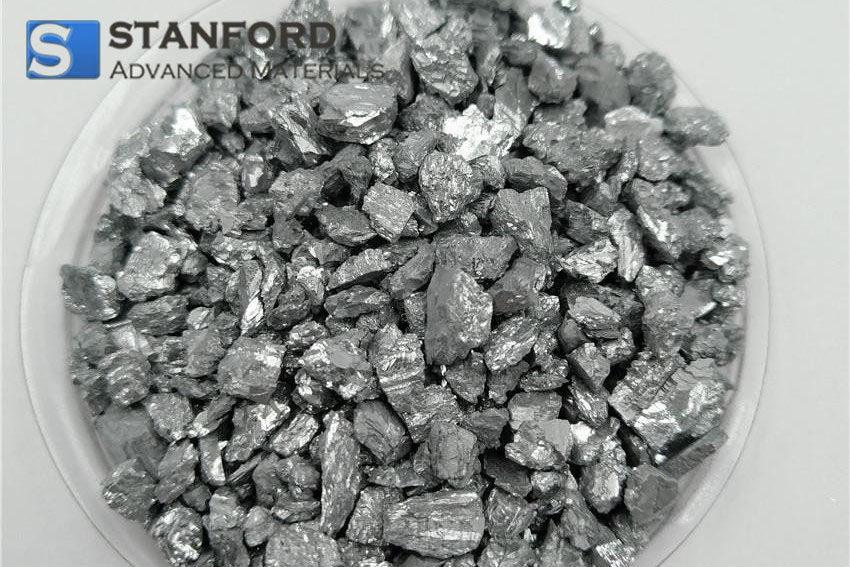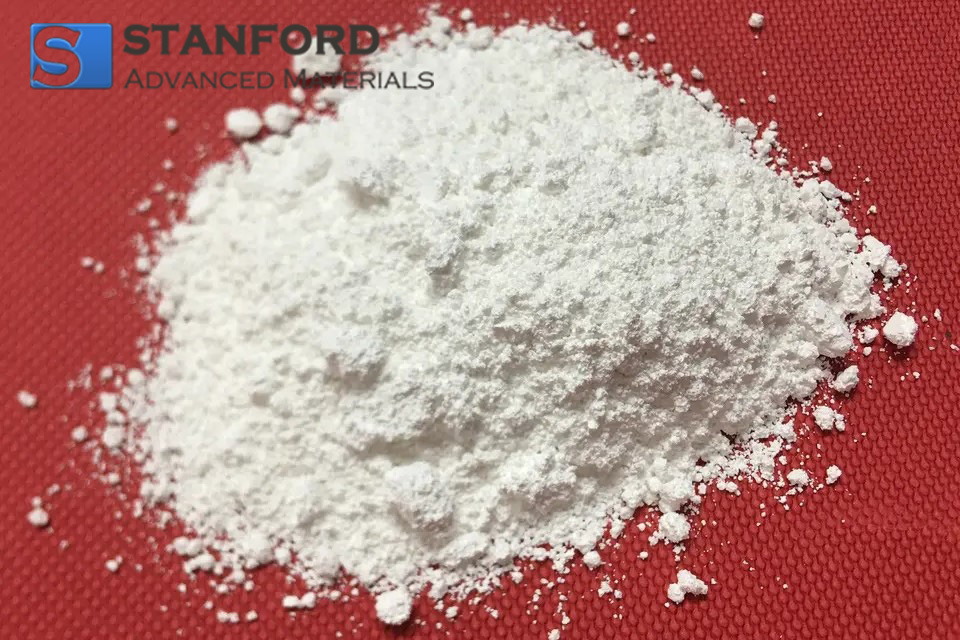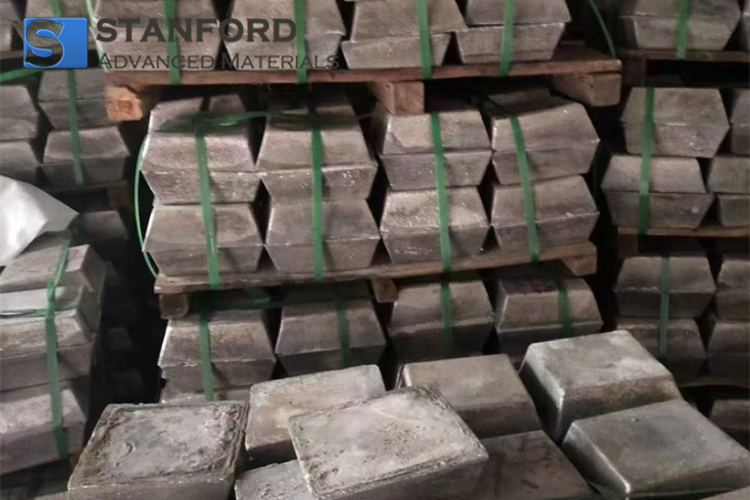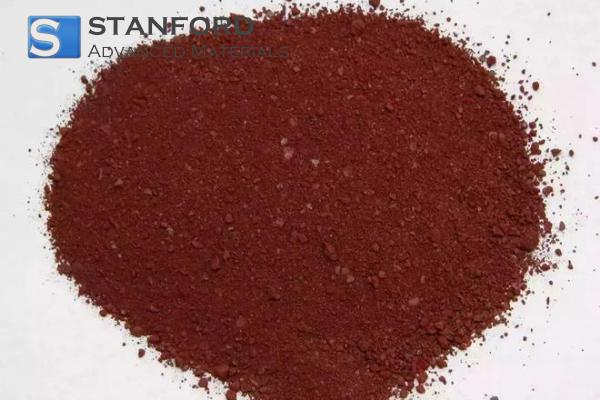Antimony: Element Properties And Uses
Description
Antimony is a metalloid known for its corrosion resistance, flame retardant properties and its use in alloys, batteries and semiconductor applications. Its measured properties make it indispensable in several industrial and technological fields.
Introduction to the Element
Antimony is a naturally occurring metalloid that has been known since ancient times. This element, with an atomic number of 51, is documented for its specific properties and wide range of applications. It occurs in several mineral forms; the most common being stibnite (Sb₂S₃).
Chemical Properties Description
The chemical properties of antimony are defined by its oxidation states and reactivity. The element predominantly exhibits oxidation states of +3 and +5, which determine the types of compounds it forms. In many chemical reactions, antimony acts as either an oxidising or reducing agent. This factual versatility is fundamental to industrial processes such as the manufacture of flame retardants and the production of alloys.
-Oxidation States and Reactivity
The most stable oxidation states of antimony are +3 and +5. In the +3 state antimony forms compounds that generally show lower reactivity. In contrast, the +5 state is present in more oxidised compounds. These states determine the element’s participation in redox reactions and its overall chemical stability. Antimony trioxide (Sb₂O₃) is an important compound that is used as a flame retardant in polymers and textiles. Its chemical inertness under standard conditions ensures safety; however, its reactivity increases under specific industrial conditions.
-Interactions with Other Elements
Under specific conditions, antimony reacts with acids, bases and certain non-metals. It forms intermetallic compounds when alloyed with metals such as lead, thereby enhancing the material’s durability and performance. Given that these reactions are predictable, researchers can adjust the chemical processes to optimise antimony’s industrial performance.
Table with Data on Physical Properties:
|
Property |
Value |
Description |
|
Atomic Number |
51 |
Number of protons in the nucleus |
|
Atomic Mass |
~121.76 u |
Weighted average mass considering natural isotopes |
|
Melting Point |
630.63 °C |
Temperature at which antimony transitions to liquid |
|
Boiling Point |
1587 °C |
Temperature at which antimony transitions to gas |
|
Density |
6.697 g/cm³ |
Mass per unit volume at room temperature |
More information is available from Stanford Advanced Materials (SAM).
Common Uses
Antimony is applied in multiple industries. One primary use is in the manufacture of flame retardants. Due to its stability and ability to retard flame spread, antimony trioxide is added to plastics, textiles and rubber products.
In addition to flame retardancy, antimony is used in alloy production. When combined with lead, it forms hard alloys that are utilised in battery grids, ammunition and cable sheathing. Its measured properties also make it valuable in the semiconductor sector, where antimony-based compounds are employed in the production of infrared sensors and diodes.
Preparation Methods
The extraction and refining of antimony are conducted to ensure a high purity suitable for industrial use. The predominant method involves roasting the principal ore, stibnite. During this process, the ore is heated in the presence of oxygen, thereby converting antimony sulphide to antimony oxide. This oxide is subsequently reduced, typically using carbon, to produce pure antimony metal.
Frequently Asked Questions
What is the atomic number of antimony?
The atomic number of antimony is 51.
Which oxidation states predominately occur in antimony?
Antimony primarily exhibits oxidation states of +3 and +5.
How is antimony generally extracted from its ore?
Antimony is typically extracted by roasting stibnite to yield antimony oxide, which is then reduced.
How is antimony commonly used in industry?
It is applied in flame retardants, alloy production, lead–acid batteries and electronic components.
Which industrial products benefit from the use of antimony?
Antimony is a constituent in products such as batteries, solder, ceramics and various high-strength alloys.

 Bars
Bars
 Beads & Spheres
Beads & Spheres
 Bolts & Nuts
Bolts & Nuts
 Crucibles
Crucibles
 Discs
Discs
 Fibers & Fabrics
Fibers & Fabrics
 Films
Films
 Flake
Flake
 Foams
Foams
 Foil
Foil
 Granules
Granules
 Honeycombs
Honeycombs
 Ink
Ink
 Laminate
Laminate
 Lumps
Lumps
 Meshes
Meshes
 Metallised Film
Metallised Film
 Plate
Plate
 Powders
Powders
 Rod
Rod
 Sheets
Sheets
 Single Crystals
Single Crystals
 Sputtering Target
Sputtering Target
 Tubes
Tubes
 Washer
Washer
 Wires
Wires
 Converters & Calculators
Converters & Calculators
 Write for Us
Write for Us





 Chin Trento
Chin Trento



